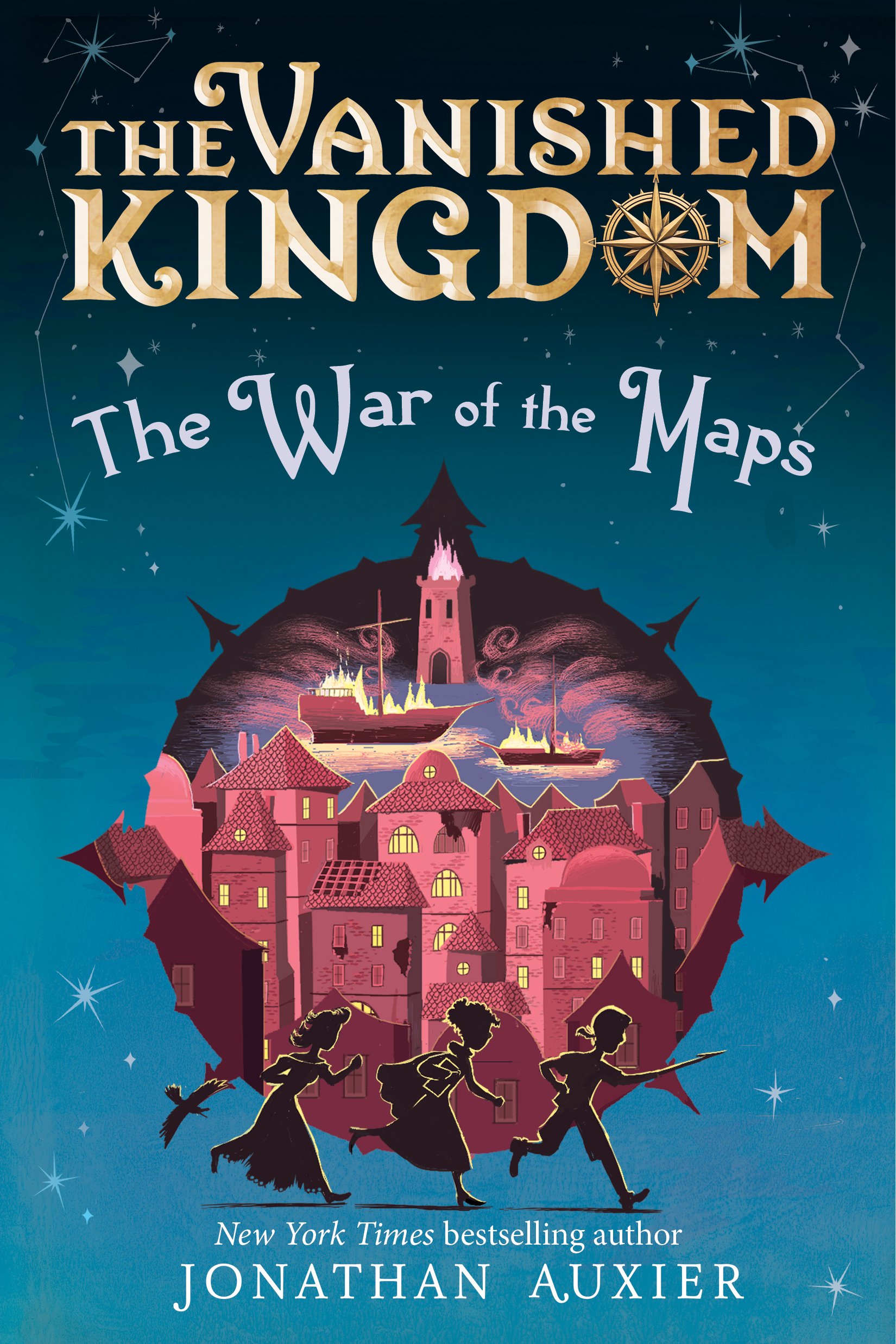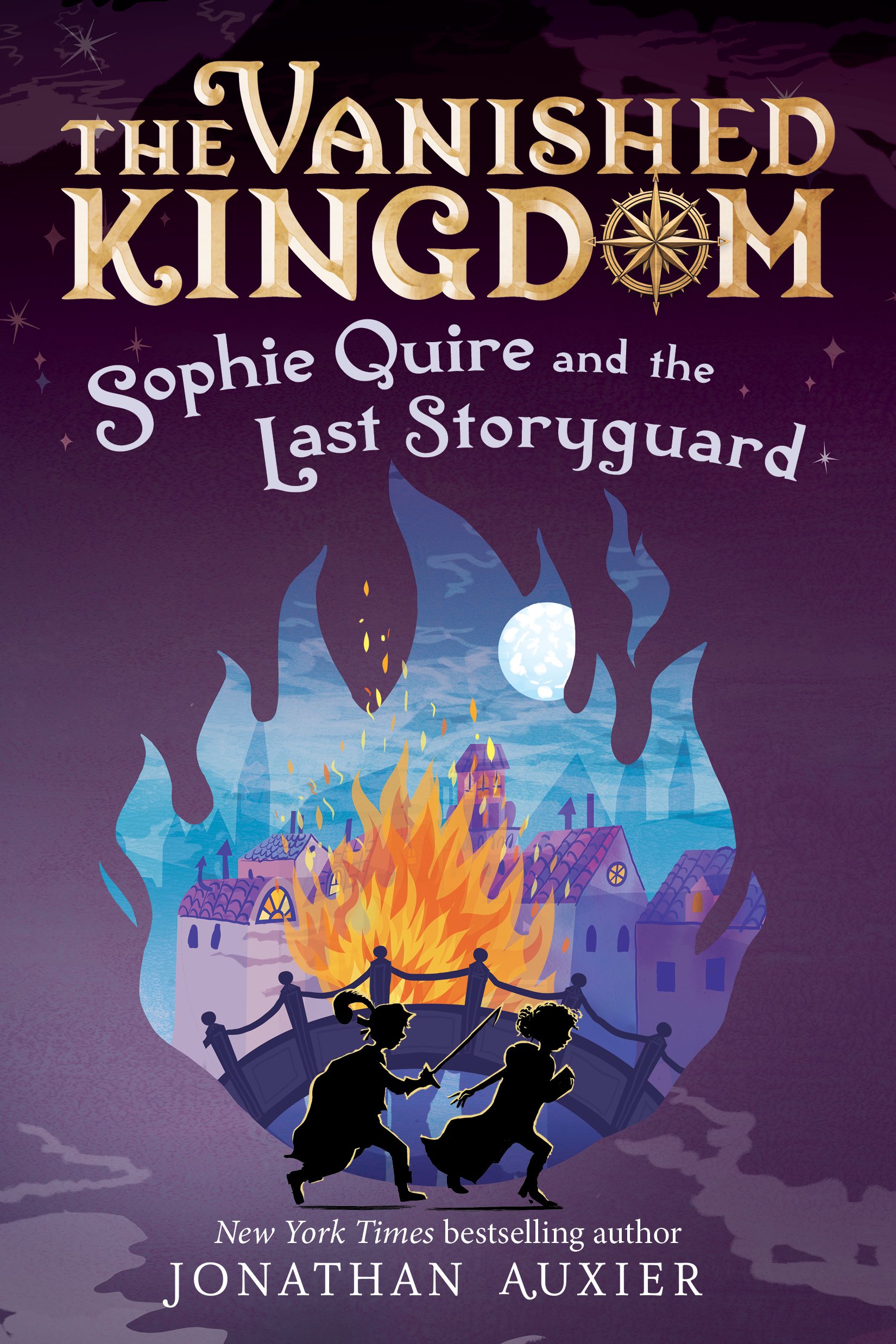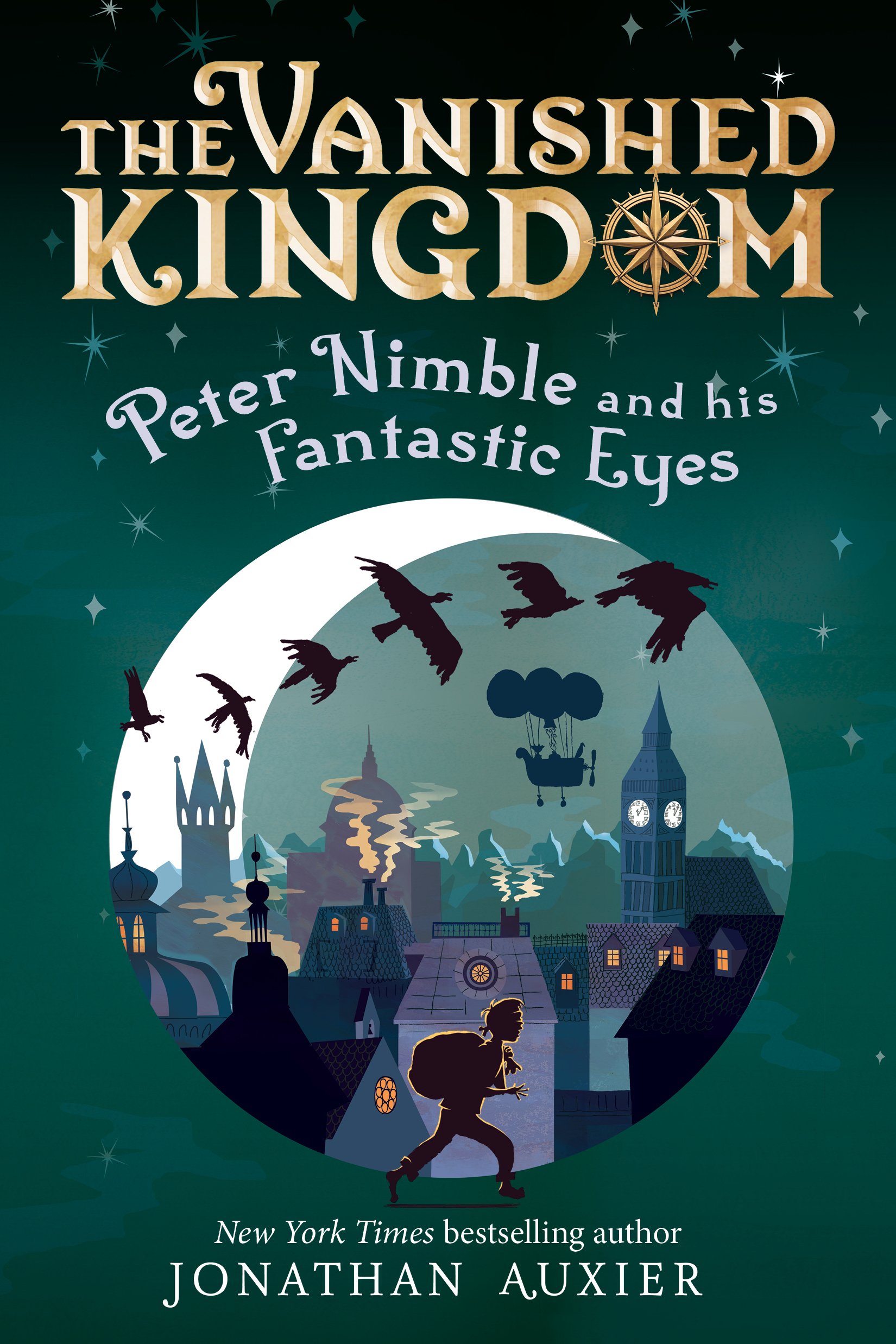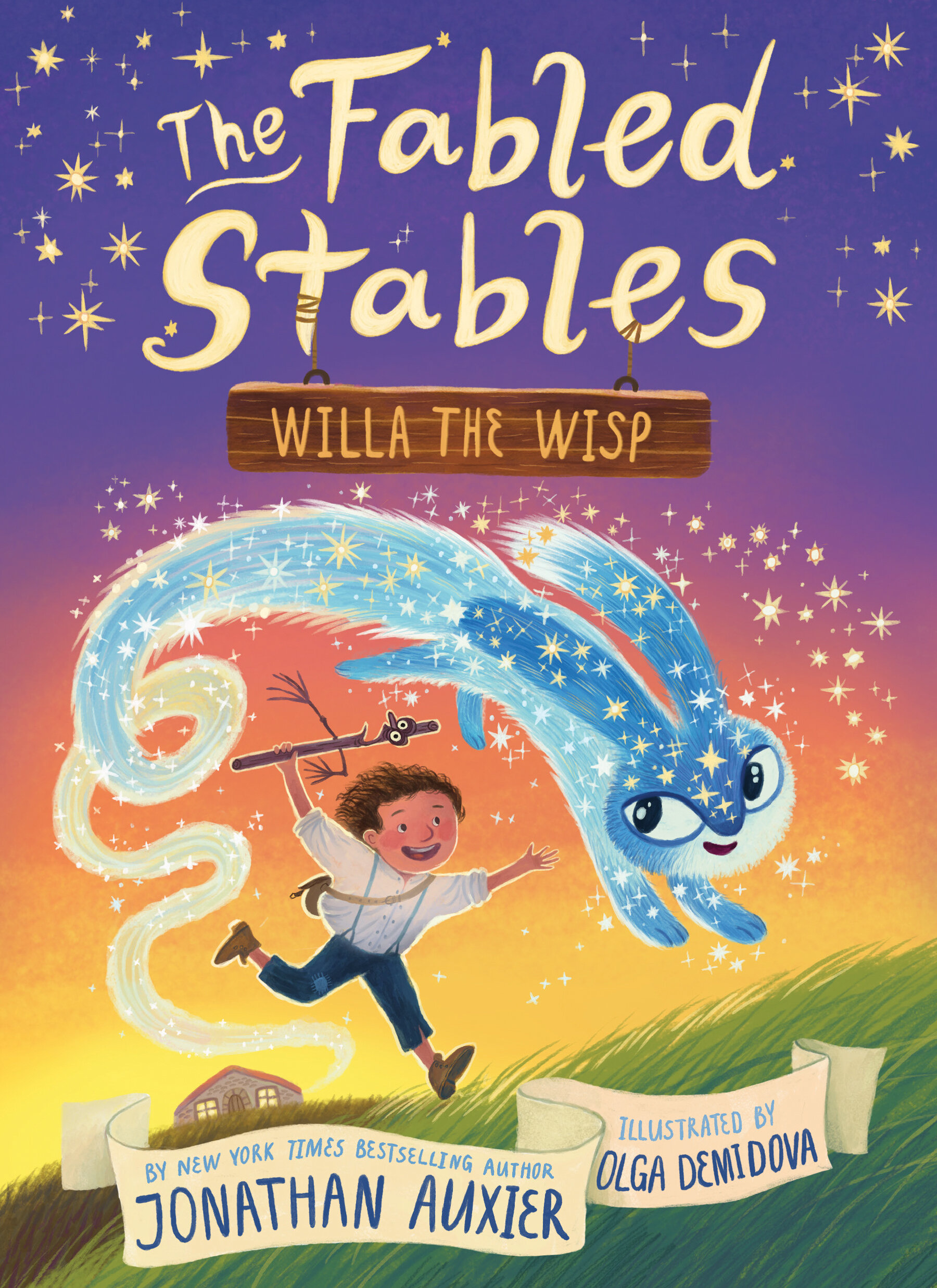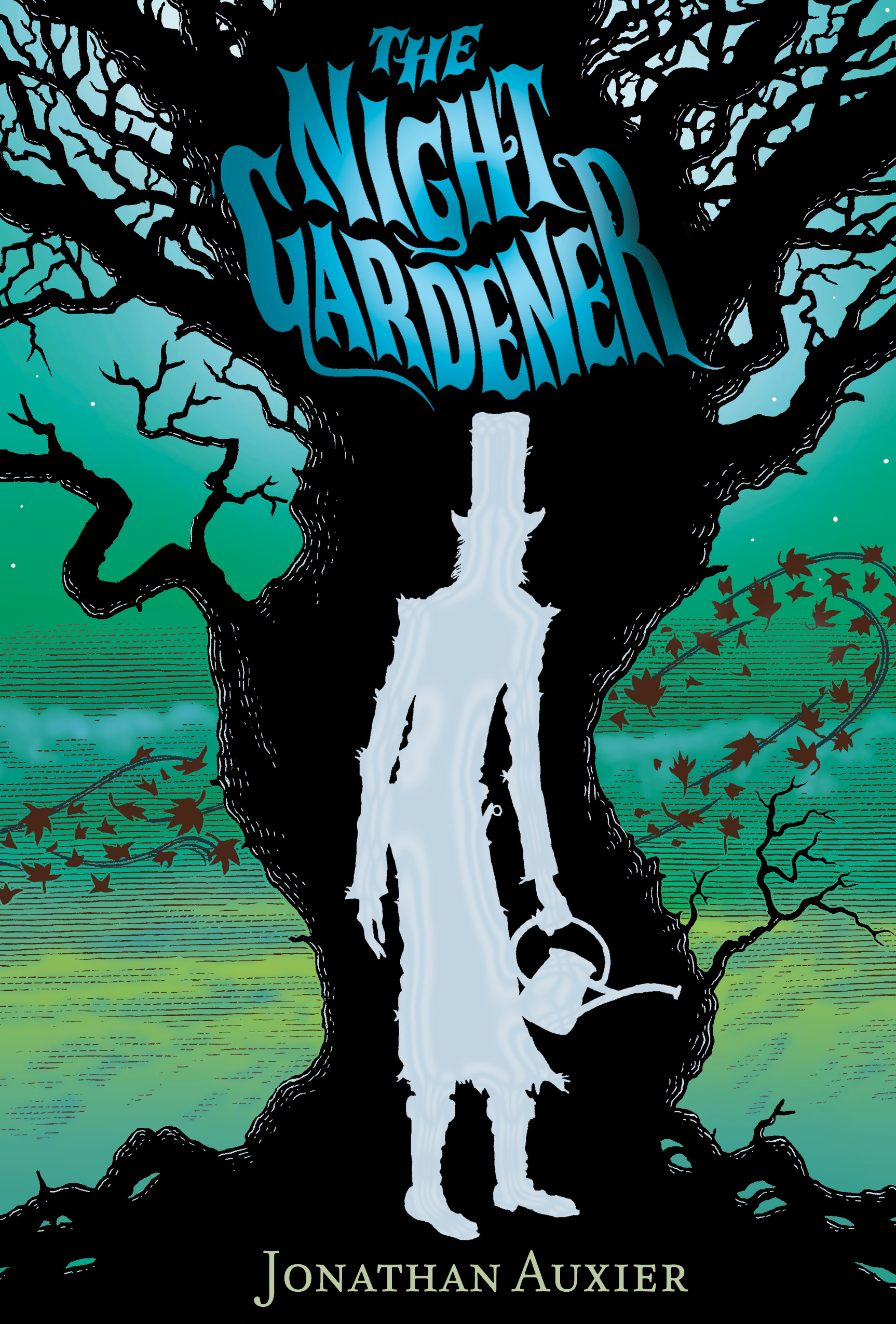Writing With One-Arm Tied Behind Your Back
/This weekend, I’m headed up to Portland for the Wordstock Writer’s Festival! I’ll be doing signings, reading, a few panels about writing for young readers (with a whole host of awesome authors). What’s more, I’m also teaching a workshop this Sunday:
ONE ARM TIED BEHIND YOUR BACK:
"Harnessing the Hurdles Unique to Your Work-in-Progress"
This topic was borne out of a recent observation made by Mary. It came during the heat of final revisions for Peter Nimble. I was cursing how much extra work it was to tell a visually rich story from the perspective of a blind child -- going through every line to make sure I wasn't taking my own sight for granted. Mary heard my grumbling and responded with typical perspicacity: “But isn’t that what you always do? You only pick the stories that force you to write with one arm tied behind your back.”
Of course, she was right. I have never had a shortage of story ideas, but the projects I actually finish all contain some ridiculous formal hurdle that makes them insanely difficult. Why write a feature film when I can write a silent feature film? Why tell a horror story when I can tell a horror story for children? Why inhabit the real world when I can build an entirely different world from scratch?
Readers love stories that tackle hurdles, but writing them is a serious pain! Now, however, I’m starting to believe that the formal challenge is the very thing that gets me through a draft -- long after I have grown bored with my plot and characters, I have this "Pet Hurdle" to keep me involved. Since then, I’ve started doodling pictures of my Pet Hurdle:
Isn’t he cute? The workshop on Sunday will walk writers through the process of identifying the Pet Hurdle in their own work-in-progress and give them some tools for turning that challenge into an asset.
It makes me wonder: if Peter Nimble hadn’t been blind … would I even have finished telling his story?




